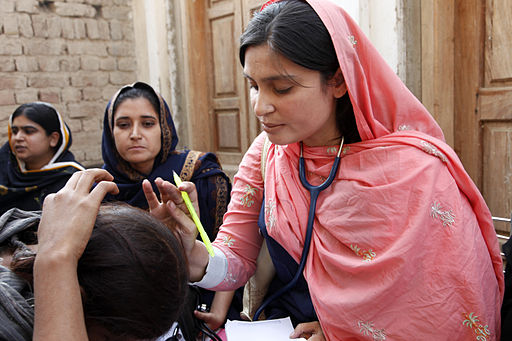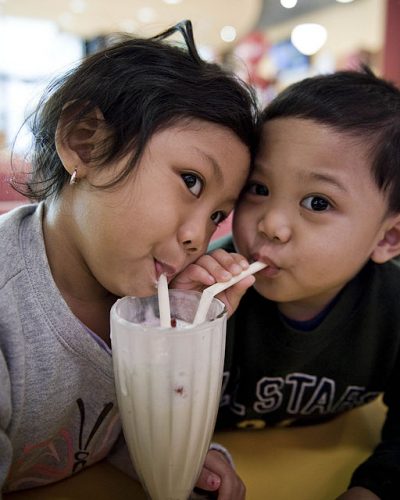Social Fairness
An essential part of morality involves determining what is considered “right” or “fair” in social interactions. As humans, we want things to be fair, we try to be fair ourselves, and we react negatively when we see things that are unfair. There is cultural variation regarding fairness because we determine what is or is not fair by relying on another set of social norms; the beliefs about how people should be treated fairly (Tyler & Lind, 2001; Tyler & Smith, 1998).
Most of us are familiar with the concept of equality, which suggests that everyone is treated the same and provided the same resources to succeed. For example, a health clinic in a small village can be open to everyone, but some villagers may lack the means to get to the village, or may not be able to afford medication. In this scenario, equality of health services has created a disparity of care – is that fair?
Another example that most of you are familiar with is applying for a job online. Most organizations, regardless of size almost exclusively use online recruitment and application processes which provides one system that everyone can use to apply for a job. One system and one platform that is the same for everyone – that’s equality, right? Except that the online application process may not be compatible with screen readers for the visually impaired and blind or the hiring algorithm may exclude you because of that D you earned in math. An underlying assumption of equality is that everyone starts in the same place and equally benefits from the same supports, which may or may not be the case.

Equity means ensuring that resources are equally distributed based on needs (Omrani-Khoo et al., 2013). Equity requires accounting for historical and current inequalities among groups of people who have been marginalized, excluded or experienced institutional discrimination. In this way, the concept of fairness is then based on the social and historical context. In our example about the clinic, health care workers might provide mobile care to reach villagers who cannot come to the clinic. They might also dispense medication on a sliding scale of payment so poor patients can get the treatment they need. When applying for a job, alternative applications and formats can be available for persons with disabilities when applying for jobs. The underlying assumption of equity is that everyone starts from a different place and receives the specific support and accommodations needed to produce fairness.
Equality and equity are separate constructs and sameness does not always translate into fairness, particularly across cultures. Justice, refers to the legal or philosophical perspective through which fairness is administered for the distribution of wealth, opportunities for personal activity, and social privileges. Current social justice efforts emphasize removing obstacles and underlying systemic barriers so that inequity is addressed and everyone receives equal access and resources. In the online application example, employers could ensure that their online platform is compatible with screen readers, videos have closed captions, fonts, colors and contrast can be adjusted to facilitate the process for individuals of all abilities.
One type of social fairness, known as distributive justice, refers to our judgments and perceptions about whether and how available rewards (resources) and costs are shared by (distributed across) group members. For example, if two people work equally hard on a project, they should get the same grade on it but if one works harder than the other, then the more hardworking partner should get a better grade. Distributive fairness is based on our perceptions of equity and is shaped by cultural norms.
Berman and colleagues (1984) presented American and Indian participants with a scenario about how to distribute a company bonus to employees. Findings revealed that American workers distributed the bonus based on equity norms (individual contributions to the company); whereas, the Indian workers distributed the bonus along need-based norms.

[Image by krzyboy2o Children Sharing a Milkshake CC BY 2.0, https://commons.wikimedia.org/wiki/File:Children_sharing_a_milkshake.jpg]
Recent research found that when presented with an uneven number of items, children tend to throw one item away rather than share the item unequally between two people they did not know. Paulus (2015) conducted a cross-cultural study to determine whether inequality aversion (e.g., throwing away rather than unequally sharing) is a universal concept. Results revealed that 6-7-year-old children in South Africa and the United States were more likely to throw out a resource rather than distribute it unequally. We might think of this as ‘better to be fair’. Ugandan children were more likely to distribute the resource even if it was unequally distributed. We might think of this as ‘wrong to waste’. These results challenge inequality aversion as a universal and suggests that there are cross-cultural differences in how children’s fairness-related decision making develops.

